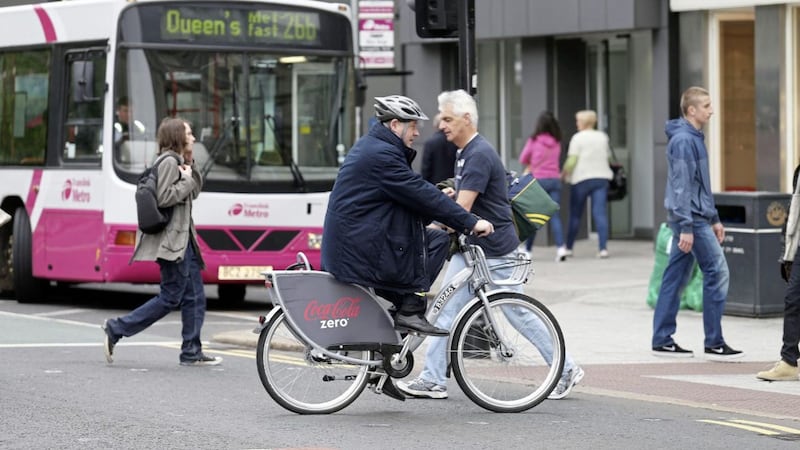JUST as businesses have got to grips with supporting a remote workforce, we’ve now got to prioritise how to help people return to work.
It’s imperative that firms dot every ‘i’ and cross every ‘t’ as failure to comply with new guidelines could result in a loss of employee confidence, reputational damage, regulatory scrutiny and legal claims.
There are a number of questions you need to ask as part of your return to work strategy. First and foremost - has your Covid -19 risk assessment been verified for legal risk? It will highlight any problem areas such as data collection, third party engagements or what to do if some employees refuse to return.
For those returning workers, you need to understand how to monitor your employee’s health - whether that be through new types of technology or screening. Of equal importance is how you’ll manage a data clean-up once the information you receive is no longer needed.
Anticipate demand for health-related data from other sources too: with the government’s test and trace programme, your HR department should be prepared to support the NHS to contact people who may have come into contact with others carrying the virus.
If you want to make contractual or workforce changes that will help the business meet new demand, such as more or fewer hours, additional days or shifts, an appropriate legal procedure needs to be followed. Employees will need to be consulted and this can be problematic whilst they are furloughed.
Currently employee consultation during furlough is subject to legal challenge by some trade unions in GB so watch this space to see where that takes us. You also need to keep in mind that Northern Ireland retains a 90-day consultation (compared to a 45-day maximum in GB) when 100 or more employees are proposed to be made redundant.
Another key issue is around how your workforce will actually get to work. Avoiding public transport is encouraged, which is more feasible for some than others. You’ll want to consider how you can support people getting to and from work and how you can help.
Take for example the recommendation that people cycle more - is there sufficient existing space for bikes to be safely stored? Will your employees face greater expenses such as getting taxis instead of a bus? How can they safely enter the building, especially if you work on a third party premises?
Of course there will still be significant swathes of the workforce who continue to remote work, or adopt a more flexible approach to working. You still have health and safety obligations towards them, and you’ll also need to consider introducing a policy to manage employees with childcare responsibilities.
With warnings that the virus may be with us for the long-term, how can you support your people if they’re categorised as vulnerable or shielding, or if they live with people who are?
For all employers, now more than ever, it’s crucial you invest in good professional advice, make the right decisions and seek to protect your workforce.
The upside of good planning will be retaining employee engagement, productivity and safeguarding against any potential legal claims.
:: Majella Culbert is head of employment law at PwC in Belfast







